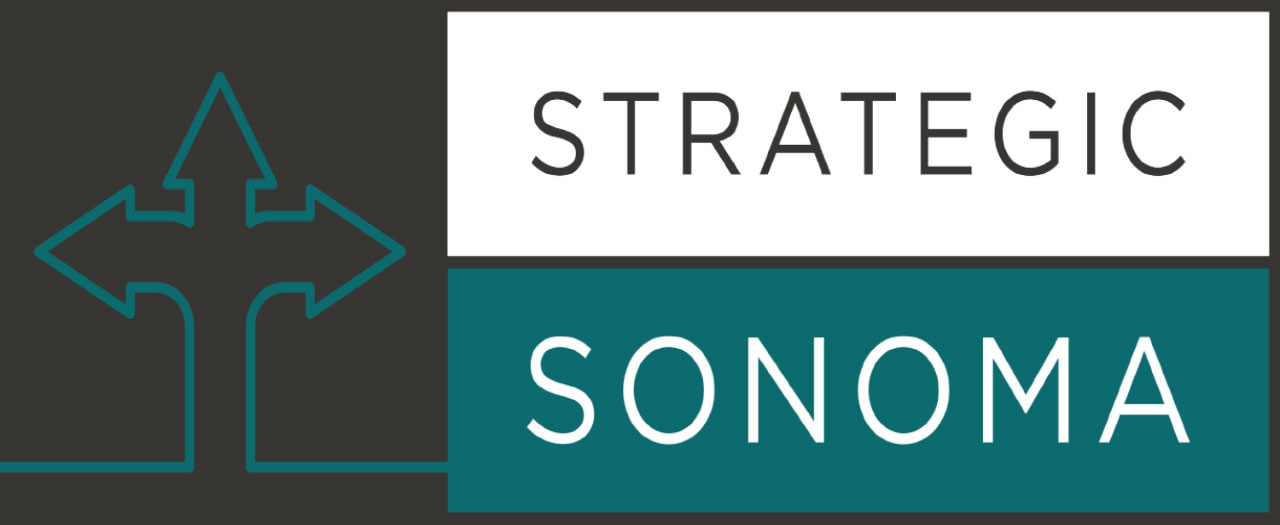Collective Impact Framework

First described by John Kania and Mark Kramer in the Stanford Social Innovation Review, Collective Impact is a framework for addressing complex social and economic issues. The framework provides a comprehensive structure to focus diverse organizations on a shared vision and strategic goals. It is not intended to be rigidly set in stone but instead remain flexible to changing conditions and new opportunities while still holding partners accountable.
Collective Impact has five key elements: 
- Common Agenda – The participants have a shared vision, clearly defined objectives, and a joint approach to achieving them through agreed upon actions.
- Common Progress Measures – All participants share common and consistently measured metrics of success to ensure alignment and accountability.
- Mutually Reinforcing Activities – Participants agree to a coordinated plan of action with complementary and supportive roles for all.
- Communications – Participants engage in transparent and continuous communication with themselves and the public to build trust and maintain focus.
- Backbone Organization – A lead organization with staff and skills is required to support the entire framework, track progress, coordinate organizations and activities, and report regularly to the community.
Strategic Sonoma is designed to be implemented through a collective impact approach.
It is critical that implementation activities cut across geographic divisions. Also, nimble project teams should be formed to accomplish specific objectives and then disband once the objectives are met. This fluidity will reinforce the collective impact model and allow for a more organic evolution of Strategic Sonoma over time.
Strategic Sonoma must utilize the extensive capabilities of existing partners and jurisdictions and remain aligned through the oversight of a lead accountability organization. More detail on this approach is provided in the Implementation section of this Plan.

 Translate
Translate